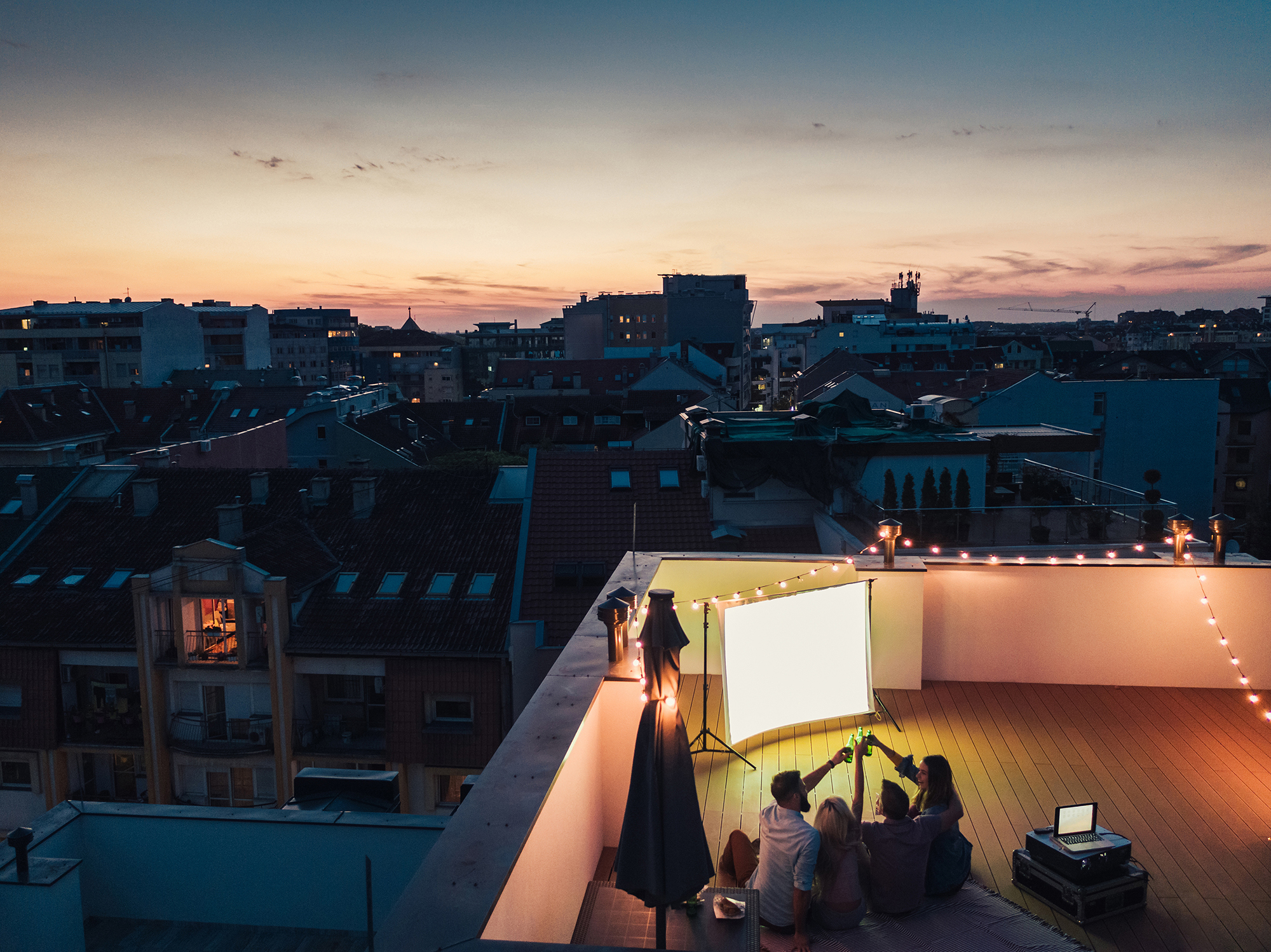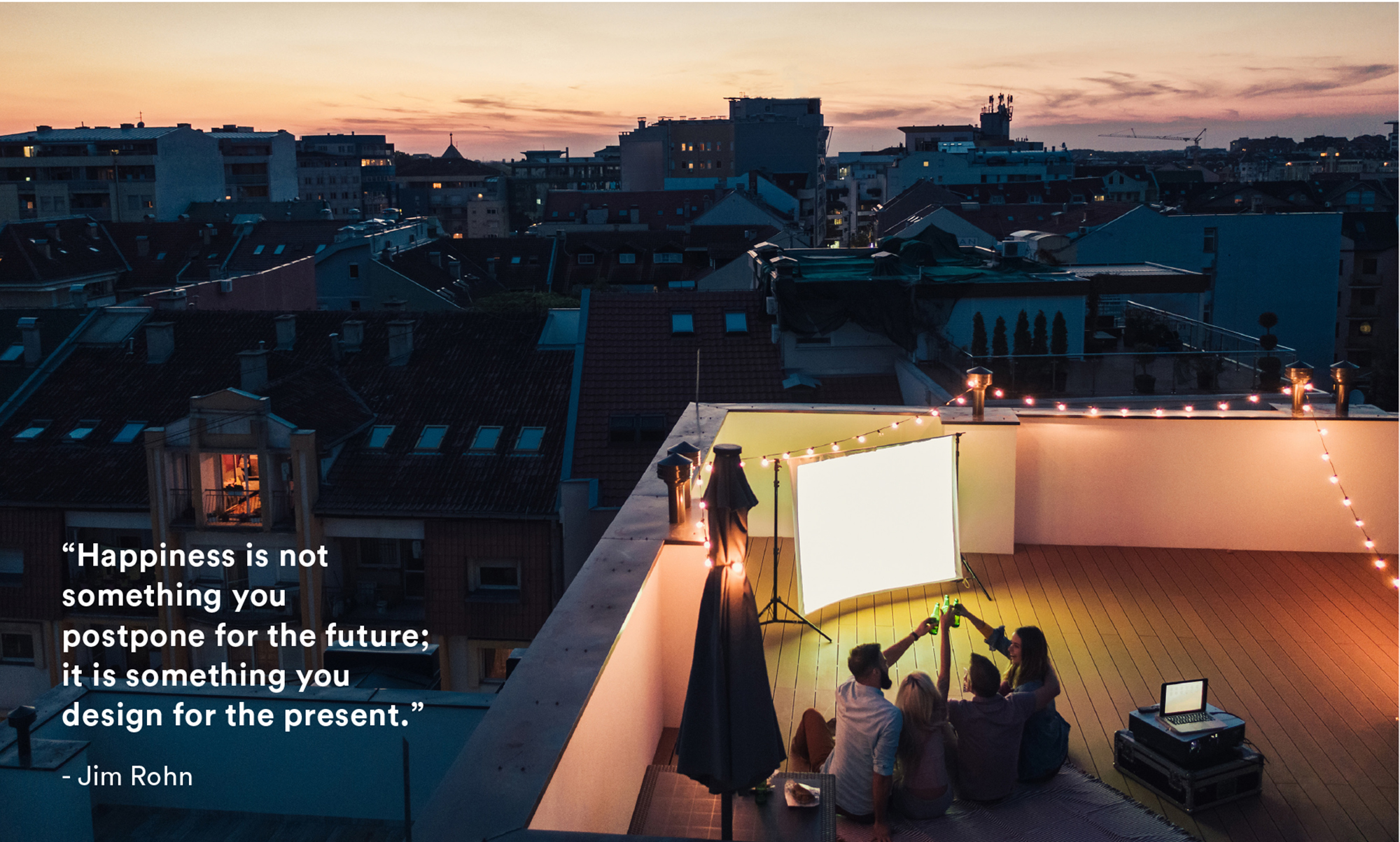Like many over the past year, I took advantage of the opportunity to work remotely from “anywhere” and ventured on a working RV tour of much of the United States. My wife, dog and I piled into a pickup with a 150-square-foot travel trailer and hit the road across the entire southern expanse of America.
During the eight collective months of traveling, I found myself in regions, cities, and towns that I might not have prioritized visiting previously. I began to note how each community shaped it’s own spaces and how design facilitates or hinders the ability to do so. We live in a diverse country, yet I saw universal needs and wants when it comes to our relationship to the built environment.
Safety, access to open space, and the ability to define or control privacy and public engagement seemed like ubiquitous desires. That isn’t some huge revelation; as designers, we already consider those elements innate to the function of successful housing. What struck me as noteworthy, though, was the innumerable ways people adapted and shaped their spaces to infuse and access more joy in their lives.
In Austin, Texas, a group of homeowners had set up a bedsheet movie screen in the landscape paseo between a cluster of single-family homes. It appeared as if it had been there all summer with lighting strung up and furniture left in place. In Bentonville, Arkansas, a new townhouse development sat just eight feet from a wildly popular singletrack mountain bike trail with no privacy fence or separation. I saw a living room art studio in Santa Fe, an alleyway farm stand in New Orleans, a garage yoga studio in Tampa Bay, and a basement music room in Alabama. People are shaping the spaces around them to bring them joy. I found myself asking, “How can we as architects/ designers/planners participate in this?”
I use the word “participate” with intention as it is essential in our efforts to shape and curate space, that we acknowledge and embrace the cultural, environmental, and socio-economic characteristics that already exist in a community and place. I’d argue that often designers use their own preferences, values, and lifestyle as the basis for how a space should be lived in and used. Design should be less about forcing space on people, but instead about listening deeply to create spaces that truly serve the needs of each diverse community.
In Austin, that family-oriented neighborhood sought each other’s company and entertainment when they set up an outdoor movie theater. They created a shared yard and shared ownership. In Bentonville, what might seem like an undesirable absence of privacy between a townhome patio and high-use trail becomes desirable when you understand just how bicycle-obsessed that community is. Creating these adaptable spaces must be done in a contextually responsive manner.
As a personal example, I am reminded of the suburban back yards of Chicago I experienced every summer as a child, each one fenced in by a small, one-foot-tall hedge. We’d run yard to yard, cutting through mid-block areas to go from one friend’s house to another. As an adult living in urban California today, that lack of controlled private open space would shock me and my neighbors.
However, for some, the ability to achieve joy is difficult when faced with the simple task of finding shelter, paying rent, providing the basics for themselves and their family. I could argue they need spaces that foster joy even more. In a master planned community in Austin, I was struck by a new Habitat for Humanity townhome project that sat directly across the street from a fantastic neighborhood park and adjacent to an existing block of luxury single-family and townhomes. The project had a prominent street frontage and seemed to take prideful ownership of the park and all it offered. I looked at it and thought, “as it should.”
Being exposed to such a wide swath of the country reminded me of the many unifying needs and desires that drive us. It also reminded me that we should not address those needs in a one size fits all approach. Recognizing and honoring the different perspectives of a specific community and engaging design as a partnership is key in creating spaces that truly deliver enduring value to the people they serve. In addition to our everyday needs, I was also made aware of a functional element of design so often neglected. Regardless of who I was connecting with and the varying levels of uncertainty and change that they were impacted by, I noticed how each individual or community approached their immediate spaces with a desire to add more joy. We should foster that desire, and hopefully, in doing so, we’ll bring more joy into our own lives too.



